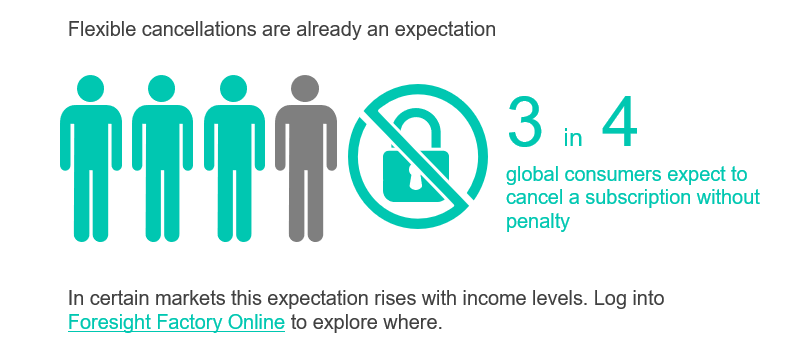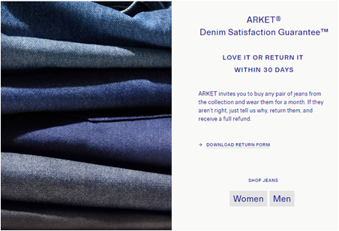Flexibility drives post-purchase engagement and customer advocacy
When we consider how much more expensive it is to acquire new customers than it is to retain existing ones, it pays to create best-in-class post-purchase engagement. Each fortnight, this loyalty series has tracked our predictive consumer trends that meet your customer engagement questions. We have explored three trends for 2019. First we looked at how to retain customers building long term loyalty, second how to grow the frequency of transactions and today we question how to best encourage brand advocacy.
Post-purchase freedom drives advocacy
The need to “undo” purchases following a change of heart is widely felt by consumers. As we describe in our consumer trend Latchkey Loyalty, the ability to easily change your mind post-purchase – without penalty – is appealing. This is especially true in the case of big-ticket items or purchases. Particularly those items that typically kick-start a long-term relationship between company and customer.
It has always been the case that consumers change their minds; and long-standing legislation in many markets has protected the consumer’s right to return items or cancel commercial agreements. However, we anticipate that post-purchase flexibility will become an ever more important pre-purchase consideration – placing pressure on brands to respond.
The size of the market
What this means for post-purchase engagement?
The offer of extensive post-purchase freedom can also generate positive word of mouth. Beyond the freedom of stop/start subscription models, mattress companies and clothing brands are the most well known for their flexible post-purchase returns. Brands like ARKET (on the right) have taken this to new levels with their 30 day denim return policy. This invites customers to wash and wear to truly test that they love their purchase.
It may seem counterintuitive to show new customers the exit door as soon as they have arrived. In the fashion industry, brands such as ASOS are struggling with the waste that their returns policy creates. However, for inspiration on how to avoid returns, consider the first instalment of this series on retention for inspiration. Despite this, additional post-purchase flexibility can give commitment-cautious customers peace of mind that, if necessary, they could walk away with minimal penalties. Instead, this then opens the door for your customer to walk back in.
This is the final instalment of a Future of Customer Engagement series. Read part one on retention, part two on growing transactions or log in or request a demo to Foresight Factory online to see all the trends and data driving post-purchase engagement.

